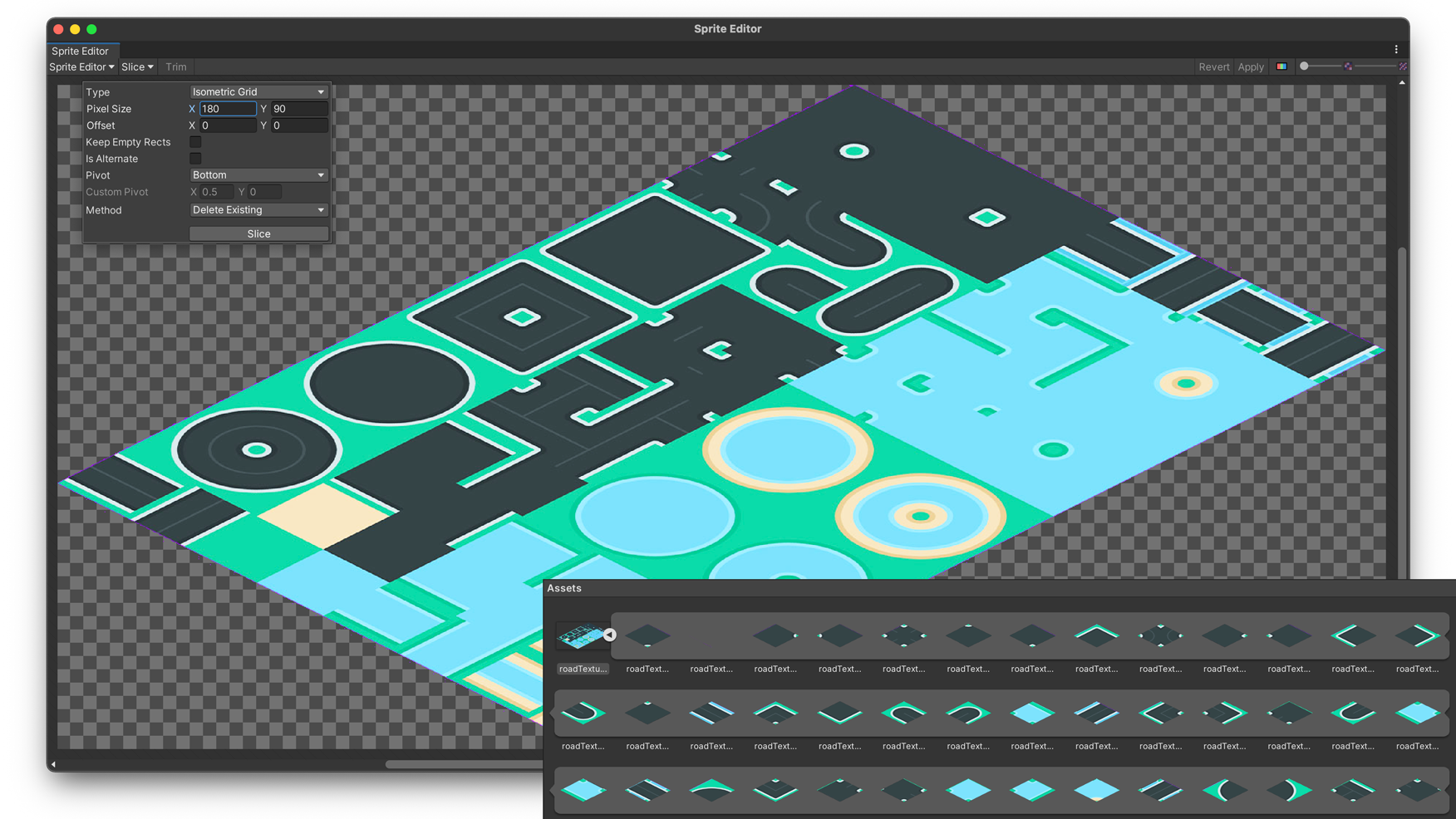
- #Unity sprite palette swap without breaking batching software
- #Unity sprite palette swap without breaking batching Pc
With the ever-expanding scope of video games, big open worlds, massive environments and increasing detail that can be perceived within VR, the computing power needed to create these experiences increases exponentially.
#Unity sprite palette swap without breaking batching software
You can design a Unity software rendered scene with hundreds of thousands of highly detailed models in a seamless VR experience, without visible level of detail (LOD) switching. So what type of things can you achieve with these techniques? For one thing, the ability to optimize for content generated at run time in VR.
#Unity sprite palette swap without breaking batching Pc
This setup is close to the standard minimum specs for PC VR.Ĭreate Thousands of Highly Detailed 3D models in VR This project uses a Dell* XPS 8910 with an Intel® Core™ i7-6700 processor and an NVIDIA GeForce* GTX 970 graphics processing unit (GPU). To help you understand performance bottlenecks and find possible solutions, we make use of different performance applications, such as the Unity Profiler, Unity Frame Debugger, and Intel® Graphics Performance Analyzers (Intel® GPA). The work presented utilizes the Unity software engine, but the techniques can be applied in other engines as well. It also shows the gains that these techniques bring to the table. This article presents techniques that VR developers can use when designing VR experiences and videogames. Today, we are experiencing a similar awakening, with virtual reality (VR) being such a resource-hungry medium that we need to constantly innovate to ensure optimal VR experiences.

New techniques and tricks were required and quickly became commonplace. Popular engines such as Unity* software and Unreal* were originally designed for PC games, and had many shortcomings when designers used them to deliver high-performance experiences on older hardware. While developers have always tried to push hardware to its limits, optimization techniques became especially prominent when mobile gaming went mainstream. I'll provide a gist to the rewritten Sprites-Additive.shader if anyone is interested.Optimizing for high performance has been a constant in game development since the birth of the industry. The results were more along the lines of what I was looking for: Instead, I rewrote Unity's default multiplicative shader to be an additive one. Heated metal should not be Multiplied by Yellow to produce a darker hue: I came across the situation where I wanted the exact opposite effect in a blacksmithing type situation. The problem with this is, a Multiplicative color math shader will ALWAYS produce the same hue (if you "multiply" by white) or darker color if you multiply by anything else. Unity colors have 4 float values typical of many color formats RGBA, corresponding to the individual percentage color values Red, Green, Blue and the Alpha transparency channel.Īlso as mentioned above the default "Tint" applied by Unity is a multiplicative shader Photoshop calls this effect "Multiply" and the process is literally multiplying the color values in the pixels of your sprite with the color value selected. Is a white sprite actually the best color sprite to begin with and why does something like this work in Unity as opposed to adjusting the hue and saturation within Photoshop? Since white objects do seem to take on the appropriate color shading when changed within Unity my gut tells me that this is the best base color to begin with, meaning that I can import a single white square sprite and simply adjust the color to represent different objects and object states.

My testing in Unity shows that I can change the "color" of a sprite to anything other than white and the sprite is seemingly shaded appropriately, despite what I would have thought given my Photoshop experience. My experience with adjusting the hue and saturation within Photoshop shows that white is not an easy color to change as things that are white often stay white.

I figure that I can import a single square sprite and shade it appropriately in Unity as opposed to imported squares of many different colors. I figure I can represent different types of objects with different colors for each of the tiles in the game. I'm looking into prototyping a game in Unity which will consist of solid square sprites / tiles.


 0 kommentar(er)
0 kommentar(er)
